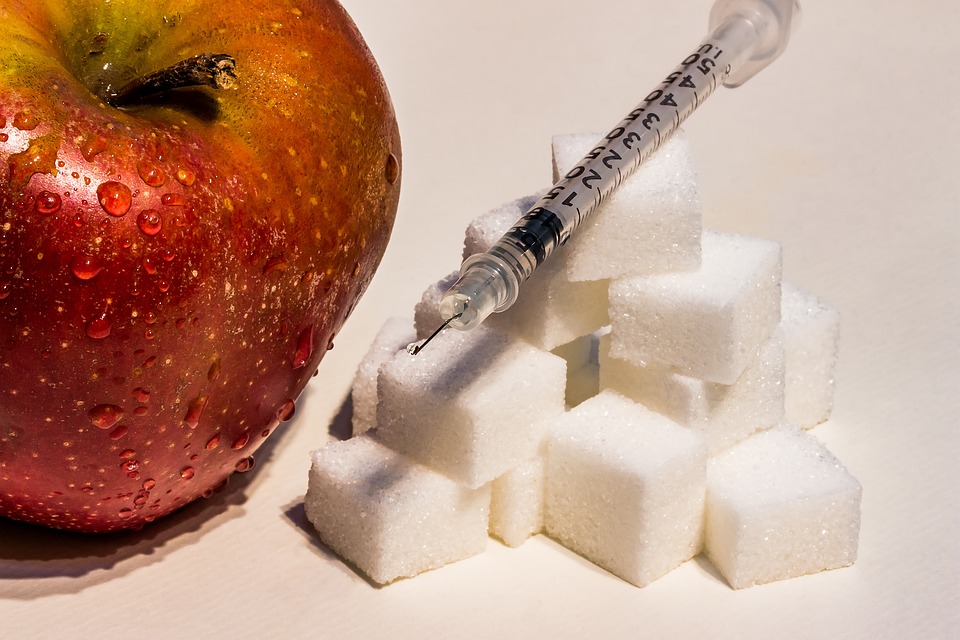What is the function of glucose, used in conjunction with lysosome in the initial step of the practical?
In the isolation process, the purpose of glucose is to prevent the cell from bursting once it is exposed to the buffer. Glucose achieves this by increasing the osmolarity outside the cell wall where the buffer solution is close to the cell wall (Mills 2002 p. 99). This is to prevent the cell bursting prematurely which will affect the yield and degrade the sample being extracted. Glucose is ideal to use as it does not affect or negate the functions of the buffer used in the isolation. The function of the lysosome is to digest the cell wall to the point that it breaks open. It is also used to do away with unwanted material in the cell.
Explain fully the role of NaOH in the lyses procedure to obtain covalently closed plasmid molecules.
Sodium hydroxide is used to separate plasmid DNA from any DNA that is sheared off or chromosomal. Both sheared and chromosomal DNA is linear in contrast with plasmid, which happens to be circular. Sodium hydroxide is a base and is added to the solution to increase its alkalinity ideally to pH 12.5 of about. It acts by loosening the cell wall, which is very rigid, and this action releases the DNA in the cell. Sodium hydroxide is used in plasmid DNA extraction. Plasmids are DNA molecules that are distinct and independent of chromosomal DNA even being to replicate autonomously (Mitra 2003 p. 87). Plasmid DNA can be circular or double stranded and are coded for a specific gene. Chromosomal DNA on the other hand controls the functions and processes of the cell. When the solution used in extraction is basic, sodium hydroxide is added to it to make it basic. Upon addition, molecules that are double stranded are separated in a process called denaturation.
Denaturation is a situation in which proteins begin to lose their secondary and tertian structures present in their indigenous state. The indigenous state of a protein is the original form the protein is in when it is correctly assembled in a manner that is both operational and practical. The denaturation process breaks and/or disrupts weak bonds, which means that this indigenous state is affected and changed leaving the cell with only its primary structure (Bjornsti 1999 p. 68). Denaturation separates the strands of DNA but this process is not irreversible. If a solution is no longer alkaline, the separated strands are able to reconnect and once again be circular and double stranded. This process is called renaturation.
Because of super coiling effects, plasmid DNA takes on several 3-dimensional forms which have different mobilities on gels. Describe and explain fully the results you have obtained with your preparations and known standards.
The single strands obtained from sample A were pure going by a lack of cloudy super coiled DNA. The gel separates the pieces according to size. Large pieces move slower through the cell as compared to smaller pieces, which move the furthest and fastest. DNA is the smallest component and it moves to the furthest location to produce a pure sample. In B and C, there were bands ranging from 1.67 to 2.35kbp. Consequently, this shows that the bacterial strain contained plasmids. Most known plasmids are stable elements and this is because they have numerous replicons in addition to the ability to encode post-segregation killing methods (Copeland 2002 p. 134). However, in D, there are no cloudy strands as in sample A. This may be due to rudimentary purification processes meaning that not all chromosomal DNA is removed. If one pipettes roughly, chromosomal DNA pieces shear off and break the super coiled plasmid resulting in a necked circle or a linear conformation, which reduces the super coiled conformation to an amount that is less than ideal.
Explain briefly the concept of amplification of plasmids in the presence of inhibitors of bacterial host protein synthesis.
Plasmid amplification is the process of increasing the yields of DNA. Replication of plasmids works better in the presence of inhibitors than when inhibitors are not used. Amplification of plasmids is only compatible in plasmids that do not have a resistance to the inhibitor that is used. Further, stringent regulation and monitoring of the process is required to achieve the best results or else the replication process will fail. Reproduction of proteins that are recombinant usually interrupts the physiological status of the host entity by instigating responses that are stressful in nature. Concurrent introduction of the recombinant proteins at levels that are above the normal ones forms inclusion figures consequently attenuating the plasmid intensification. These phenomena can be observed when IPTG-producible expression technique and temperature are used. This means that recombinant of higher level genes appearance in conjunction with presence of formation of bodies interferes with both the plasmid functionalities and the host cell.



Leave a Reply